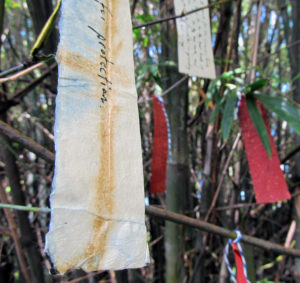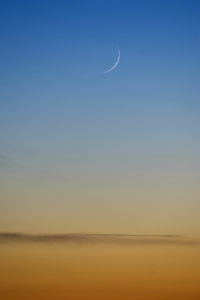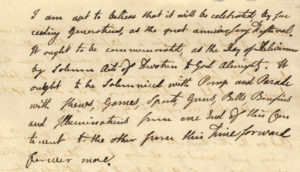Here is an old story from Japan: Orihime was the beautiful daughter of the Sky King, Tentei. She wove beautiful cloth on the banks of the Amanogawa, the Milky Way, and her father loved the cloth she wove, and so she worked very hard to make enough for him so that he would always have plenty of it. But Orihime worked so hard at her weaving that she never had time for anything else. As much as Tentei loved the cloth Orihime wove, he knew she needed some balance, some time away from her work, and so he arranged for her to meet Hikoboshi, the Cow Herder, who lived on the other side of the Amanogawa.
It was love at first sight if ever there was such a thing, and the two soon married, and that was wonderful, but they became so enamored with each other that all else fell by the wayside. Orihime pretty much gave up her work at the loom, and as for Hikoboshi’s cattle, well, they were soon roaming all over Heaven. Tentei grew angrier and angrier over all this, until finally he had enough. He separated the two lovers on either side of the Amanogawa and forbade them to see each other. Orihime despaired over the loss of her husband and pleaded with her father. Moved by his daughter’s tears, Tentei relented. But he allowed the two lovers to meet only once each year, on the seventh day of the seventh month. And so it goes each year, and so here we are today: the seventh day of the seventh month. It is the Japanese star festival, Tanabata.
As stars, the lovers are Vega and Altair: Vega, the Weaver Star, is Orihime, and Altair, the Cowherd Star, is Hikoboshi, separated always by the Milky Way, except, as legend has it, for this one night each year when they are reunited. Beneath the stars, here on Earth, we honor Orihime and Hikoboshi by writing wishes on strips of paper and tying them to the trees. Bamboo is traditional, but I wouldn’t think necessary. We hold our wishes, write them down, place them in the branches, open to the sky and to the stars, to Vega and Altair, to the Milky Way, to Heaven.
Image: Wishes of our own written on handmade paper, tied in the bamboo here at our home in Lake Worth. I made the paper from kozo years ago with Richard Flavin, who was visiting from Japan to teach a workshop in traditional Japanese papermaking and paper decoration at Paper & Book Intensive at the Penland School in North Carolina. After all these years, Tanabata wishes seemed the right thing to do with that paper.


